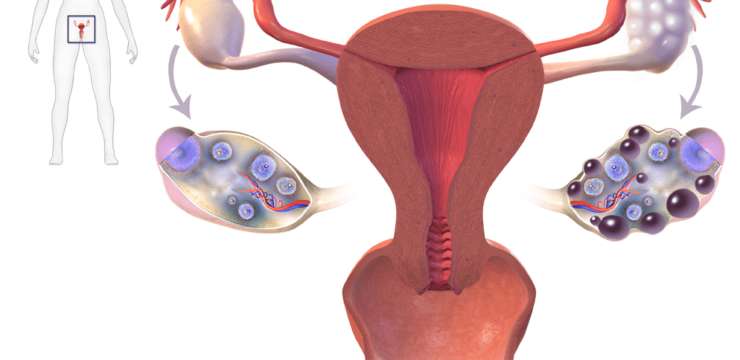Our daily routine is full of processes that expose us to different chemical toxins. Somewhere around the fact that we needed to preserve the storage…


Our daily routine is full of processes that expose us to different chemical toxins. Somewhere around the fact that we needed to preserve the storage…
Dietary patterns are part of the treatment plan for multiple conditions. The Mediterranean diet, rich in fresh fruits, nuts, oils, and complex carbohydrates, is an…

Polycystic ovarian syndrome is comprised of multiple signs and symptoms. PCOS metabolic syndrome is treated with multiple approaches, including diet, lifestyle changes, and most of…

We have gone through the evolutionary path, the historical turn of events, and the metabolic shifts that our women ancestors went through to create a…

The prevalence of PCOS in women of reproductive age varies but has been reported to be around 6%-19% of this population. This condition’s etiology relies…

One of the most common metabolic and endocrine conditions in women is PCOS (polycystic ovarian syndrome). PCOS affects 5-15% of women of reproductive age and…

The first Polycystic Ovary Syndrome (PCOS) conference was held in 1990 and discussed what PCOS is and how they were diagnosing and treating patients. They looked at oligo-anovulation, no ovulation, and too many androgens. Now, we use the Rotterdam criteria. This criterion groups together anovulation abnormal ovulation, clinical hirsutism acne (signs of hyperandrogens), and an ultrasound to view the presence of 12 or more follicles and determines if you have two out of those three then you are diagnosed with PCOS. There are multiple pathways that PCOS develops. Ultimately, these pathways are categorized into 4 groups: LIfestyle induced PCOS, Poor Fat Digestion/Sugar Burner, Inflammatory Diet/Poor Food Choices, and Genetic Predisposition.